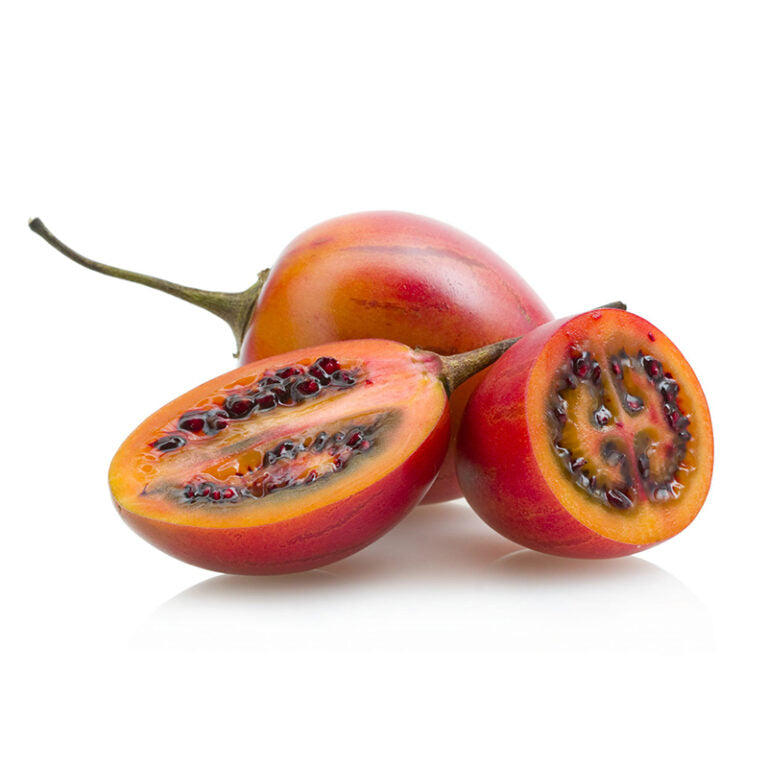
The Unique World of Tamarillos: Discovering the Tree Tomato
Share
Introduction Have you ever heard of the tamarillo? Also known as the tree tomato, this exotic fruit is a hidden gem in the culinary world. Native to South America but now cultivated in several other regions, tamarillos boast a unique flavor that blends both sweetness and tartness, making them a versatile ingredient in many dishes. In this blog post, we will explore the rich history, nutritional benefits, and diverse culinary uses of the tamarillo.
History and Origin The tamarillo, scientifically known as Solanum betaceum, originated in the Andes mountains of Peru, Chile, and Bolivia. It was not widely known to the rest of the world until the 20th century when it began to be cultivated in New Zealand, where it was given the name "tamarillo" to distinguish it from the common tomato and enhance its exotic appeal.
Nutritional Profile Tamarillos are not only notable for their distinctive taste but also for their impressive nutritional content. They are rich in vitamins A, C, and E, and contain beneficial antioxidants that can help reduce inflammation and boost heart health. Additionally, they are a good source of dietary fiber and contain minerals such as potassium and magnesium.
Culinary Uses Tamarillos are incredibly versatile in the kitchen. They can be used in both sweet and savory dishes. You can enjoy them raw, scoop out the flesh, or cook them to reduce their natural tartness. They make excellent additions to salads, desserts, smoothies, and sauces. One popular way to prepare tamarillos is by poaching them in syrup or baking them with a sprinkle of sugar and spices.
Growing and Caring for Tamarillos If you're interested in gardening, tamarillos are an intriguing choice. They require a frost-free climate, but can be grown in containers in cooler areas with some care during winter. They thrive in well-drained soil and need regular watering during the growing season. With proper care, a tamarillo tree can start bearing fruit in just two years.
Conclusion Whether you're a culinary enthusiast looking to expand your palate or a gardener eager to grow something unique, the tamarillo offers plenty of appeal. Its rich history, nutritional benefits, and versatile use make it a worthwhile addition to any kitchen or garden.